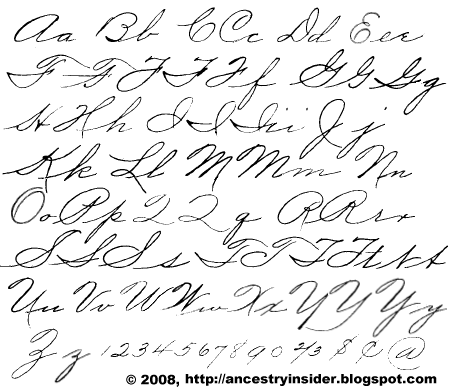FamilySearch issued the following statement earlier this week to clarify the announcement of its partnerships with Ancestry.com and findmypast.org the previous week.

Indexed Records to Remain Free on FamilySearch.org
28 July 2008
The recent announcements of joint census projects with FamilySearch and affiliate companies, such as findmypast.org and Ancestry.com, have caused some confusion. FamilySearch patrons and indexing volunteers are wondering if the indexes created from their efforts will continue to be free to the public. The answer is a resounding YES!
All data indexed by FamilySearch volunteers will continue to be made available for free to the public through FamilySearch.org—now and in the future. Access to related digital images may not always be free to everyone. Working jointly with other organizations ensures wider availability to improved indexes and provides a tremendous benefit to millions of people around the world who are seeking to connect with their ancestors. FamilySearch is committed to working with records custodians around the world to provide faster access to more records for more people.
Where possible, FamilySearch will seek to provide free public access to digital images of original records. Due to affiliate obligations, free access to some images may be available only to FamilySearch members (volunteers and indexers who meet basic contribution requirements each quarter, patrons at Family History Centers, and members of The Church of Jesus Christ of Latter-day Saints who’s contributions support FamilySearch’s operations). FamilySearch members will also enjoy convenient access in their homes or wherever they have Internet access. (FamilySearch is currently developing its ability to verify that users are FamilySearch members for future home access. This expanded access should be enabled in 2009.)
The general public will have several options to access any fee-based images offered under FamilySearch affiliate agreements. 1) Home access will be free for FamilySearch members; 2) access is free through a local Family History Center or the Family History Library; 3) access is often free through the record custodian or archive reading room; or 4) for a nominal fee, the public can access the images on specified record custodian or commercial Web sites.










